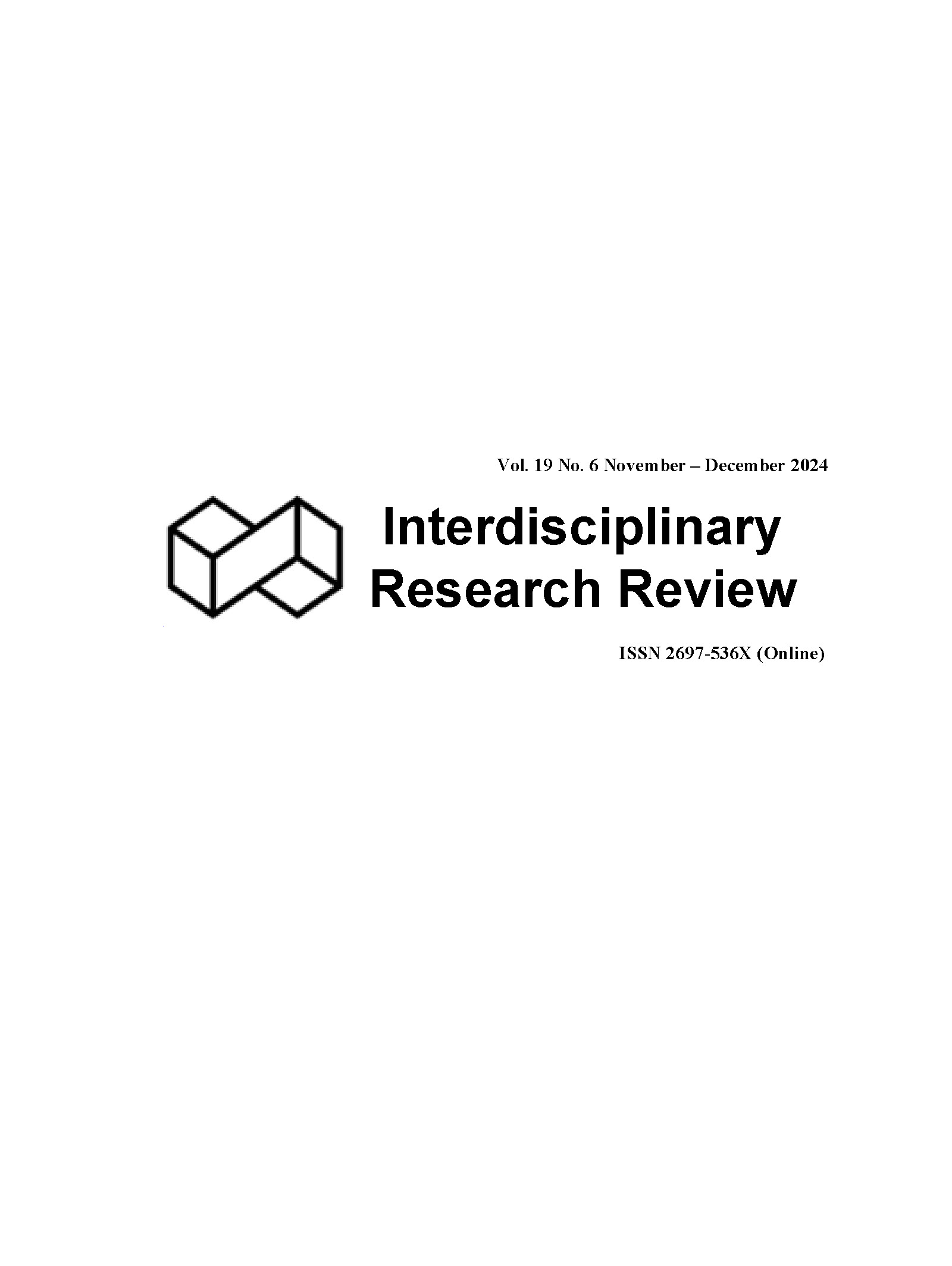Utilization of Filipino Sign Language-Sight Words Intervention (FSL-SWI) to Increase the Literacy of Deaf and Hard-of-Hearing (DHH) Pupils
Main Article Content
Abstract
The ability to learn a broad vocabulary of sight words will facilitate young readers to be able to read words that they already know or that they have encountered in previous texts by memory or sight. As a result of the unique learning characteristics of Deaf and hard-of-hearing (DHH) learners, this can be a challenge for them when it comes to reading. Due to their visual learning abilities, sign language is a primary means of communication for them. Majority of Filipino DHH learners encounter difficulties in comprehending Filipino-written vocabularies. Results from the Phil-IRI screening tests conducted to pupils in grades 4, 5 and 6 show that they fall under the Frustration Level. The overall purpose of this study is to address the challenges encountered by the DHH learners in terms of Filipino-written words through an intervention called Filipino Sign Language-Sight Words Intervention (FSL-SWI). The intervention was in the form of multimedia learning material that is accessible for any Android or iOS device. The study used a mixed method approach in collecting quantitative and qualitative data. Quantitative data were gathered through the conduct of pre and post test to the 89 learners of grades 4, 5, and 6, who served as pupil-participants. Results of the pre and post test show the significant increase in the mean percentage score which suggest that the utilization of FSL-SWI is an effective and potent multimedia learning intervention in increasing the Filipino vocabulary of the DHH learners. Post test result fell under the independent reading level which means that the learners function on their own with excellent comprehension using sign language after the intervention. Qualitative data, on the other hand, was collected through survey forms and focus group interview to some selected stakeholders. Three themes emerged from this study as a result of the focus group interview, namely, Filipino sign language variation, sign language training to parents/guardians, and easy access to multimedia. The overall impression or rating of the stakeholders to the FSL-SWI was strongly agree. Feedback and evaluation suggests that FSL-SWI is highly recommended to be used as intervention to help the grades 4, 5, and 6 pupils increase their Filipino vocabularies.
Article Details

This work is licensed under a Creative Commons Attribution-NonCommercial-NoDerivatives 4.0 International License.
References
N. Marzouk, Building Fluency of Sight Words. https://soar.suny.edu/bitstream/handle/20.500.12648/5635/ehd_theses/432/fulltext%20%281%29.pdf (2008)/ (accessed 20 October 2022)
C. Hayes, The Effects of Sight Word Instruction on Students’ Reading Abilities [St. john Fisher University]. https://fisherpub.sjf.edu/education_ETD_masters/327 (2016)/
G. McArthur, A. Castles, S. Kohnen, L. Larsen, K. Jones, T. Anandakumar, & E. Banales, Sight Word and Phonics Training in Children With Dyslexia. Journal of Learning Disabilities, 48(4), 391–407. https://doi.org/10.1177/0022219413504996, 2015/ (accessed 22 October 2022)
S. Qi, R. Mitchell, Large-scale academic achievement testing of deaf and hard-of-hearing students: Past, present, and future, Journal of Deaf Studies and Deaf Education, 17, (2017) 1 – 18 . doi:10.1093/deafed/enr028
P. Paul, Y. Wang, & C. Williams, Deaf Students and the Qualitative Similarity Hypothesis: Understanding Language and Literacy Development. Gallaudet University. https://doi.org/10.2307/j.ctv2rcnmd7, 2013/ (accessed 11 December 2022)
K. Werfel, E. Lund, & M. Schuele, Print Knowledge of Preschool Children With Hearing Loss. https://doi.org/10.1177/1525740114539002, 2014 (accessed 20 October 2022)
E. Lund, Vocabulary Knowledge of Children With Cochlear Implants: A Meta-Analysis. Journal of Deaf Studies and Deaf Education, 21(2), 107–121. https://doi.org/10.1093/deafed/env060, 2016/ (accessed 22 October 2022)
S. E. Ambrose, M. E Fey, & L. S. Eisenberg, Phonological awareness and print knowledge of preschool children with cochlear implants. Journal of Speech, Language, and Hearing Research: JSLHR, 55(3), 811–823. https://doi.org/10.1044/1092-4388(2011/11-0086), 2012/ (accessed 21 October 2022)
J. Madronio, Enhancing vocabulary among grade 4 deaf and hard-of-hearing (DHH) learners through an online sign language intervention: A mixed method study. Interdisciplinary Research Review, 17(4), 8–14. Retrieved from https://ph02.tci-thaijo.org/index.php/jtir/article/view/245980, 2022/ (accessed 2 June 2023)
C. Mocon-Ciriaco, DepEd explains context of news report on 70K Bicol kids being non-readers. https://businessmirror.com.ph/2020/02/17/deped-explains-context-of-news-report-on-70k-bicol-kids-being-non-readers/ 2020/ (accessed 10 January 2023)
M. Llego, Revised Philippine Informal Reading Inventory (Phil-IRI), https://www.teacherph.com/revised-phil-iri/, (accessed 7 January 2023).
J. Creswell, A concise introduction to mixed methods research (2nd ed.). Thousand Oaks, CA: Sage Publications (2015).
J. Flippo, Repeated reading and motivation, Eastern Oregon University, ProQuest Dissertations and Theses, (2014), http://search.proquest.com.ezproxy.rowan.edu/docview/1547382041?accountid=13605, (accessed 7 January 2022).
International Year of Indigenous Language. Kinds of sign language in the Philippines. https://iyil.ph/articles/kinds-sign-language-philippines/ 2019.
J. Madronio, A proposed curriculum framework for Filipino sign language interpretation program in tertiary education. [Unpublished doctoral dissertation]. Philippine Normal University, 2023.
World Federation of the Deaf. WFD Statement on Standardized Sign Language. WFD. https://wfdeaf.org/news/wfd-statement-on-standardized-sign-language/2014/ (accessed 7 January 2023).
D. Burch, Essential competencies, responsibilities, and education of sign language interpreters in pre-college educational settings—ProQuest. https://www.proquest.com/openview/360e84cd8976c011ef291ebd6c74ee58/1?pq-origsite=gscholar&cbl=18750&diss=y/ 2002.
D. Cokely, Curriculum Revision in the Twenty-First Century: Northeastern’s Experience (pp. 1–21). https://doi.org/10.2307/j.ctv2rcnf98/ 2005
C. Monikowski, & R. Peterson, Service Learning in Interpreting Education: Living and Learning. Sign Language Interpreting and Interpreter Education: Directions for Research and Practice. https://doi.org/10.1093/acprof/9780195176940.003.0008/ 2009.
E. A.Winston, Designing a Curriculum for American Sign Language/English Interpreting Educators. In M. Marschark, R. Peterson, & E. A. Winston (Eds.), Sign Language Interpreting and Interpreter Education: Directions for Research and Practice (p. 0). Oxford University Press. https://doi.org/10.1093/acprof/9780195176940.003.0009/ 2005.
L. Matthijs, S. Hardonk, J. Sermijn, M. Van Puyvelde, G. Leigh, G.; M. Van Herreweghe, G. Loots, Mothers of deaf children in the 21st Century. Dynamic positioning between the medical and cultural–linguistic discourses. J. Deaf Stud. Deaf Educ. 2017, 22, 365–377. [Google Scholar] [CrossRef] [PubMed]/ (accessed 17 June 2023).
A. Alias, A. Harun, S. Kamaruddin, An Overview of The Use of Interactive Multimedia Teaching Aid For Deaf Students. Retrieved from: https://eudl.eu/pdf/10.4108/eai.24-8-2021.2315098/ (accessed 7 January 2023).


